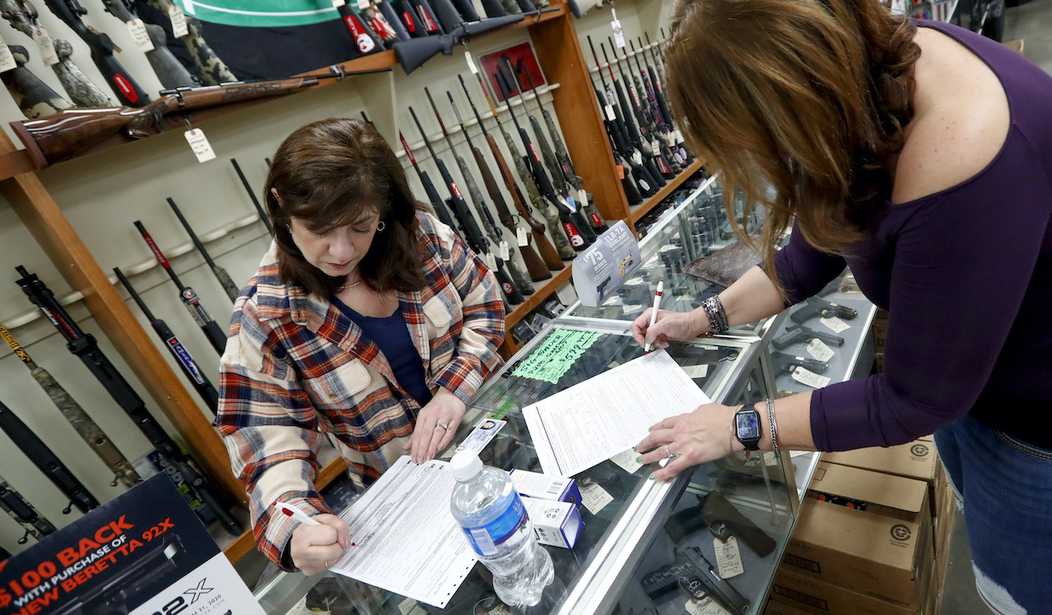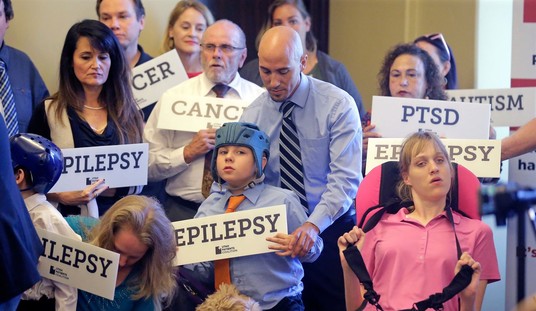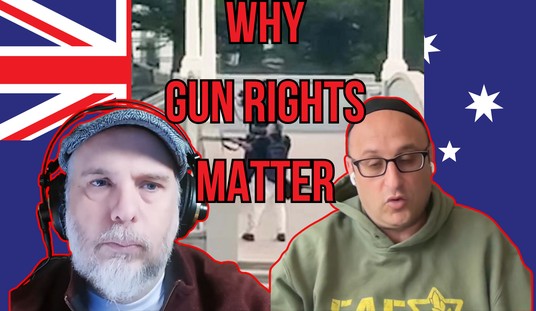As you’d expect from one of the country’s most hostile news outlets in terms of Second Amendment coverage, there’s a lot of material in the Times’ reporting that seems designed to appeal to their anti-gun readers, but there are still a few useful nuggets of information to glean from the paper’s story about rising gun sales. The Times acknowledges, for instance, that it’s not just conservatives or rural white guys who are flocking to gun shops around the country.
Many gun store workers reported that last year set records for sales and also that they noticed different types of buyers walking in the door. Thomas Harris, a former law enforcement officer who works at the gun counter at Sportsman’s Warehouse in Roanoke, Va., said that around March last year, the customers he would speak with began to include more white-collar workers, such as people from insurance firms and software companies. He said many of the buyers were not conservative and most had never handled a gun.
“Outside of seeing something on TV or in a movie, they knew nothing about them,” he said, adding that they did not know how to load a gun or what a caliber was. He said many of these apparent first-time buyers purchased more expensive guns, in the range of $400 or more. The purpose, he said, was not to carry the gun around in public, but to keep it at home.
“They were saying: ‘We’re going to be locking down. We’re constrained to our homes. We want to keep safe.’”
It’s far less surprising, on the other hand, to see the Times do its best to try to link the record gun sales to an increase in violent crime in many American cities, even if there’s not much evidence to back up their theory. The paper turned to Dr. Garen Wintemute, a longtime pro-gun control researcher in California, but even he’s not ready to fully embrace the idea that the spike in gun sales led to the sharp increase in violent crimes.
He analyzed federal background check data from January 2018 through the first months of the pandemic. His research showed that more violence happened in states where gun purchases were up the most — but that many factors were at play, including lockdowns and job loss, and that it was not clear that gun sales in particular were the driver.
Still, Wintemute and other anti-gun academics that the Times spoke to are convinced that, even if an increase in violent crime can’t be directly attributable to record-high gun sales, more gun control is needed if cities like Los Angeles, New York, and Chicago are going to bring the violence down.
Gun control advocates argue that more weapons in circulation means more Americans dying from guns, and that stronger regulations and gun buybacks would save lives. Gun rights advocates say restrictions end up obstructing law-abiding citizens and argue for more policing instead. Many Americans have expressed a hopelessness that the country will ever get a handle on the violence.
“There’s this fatalism,” said Dr. Mark Rosenberg, an epidemiologist who helped establish the National Center for Injury Prevention and Control at the Centers for Disease Control and Prevention. “We’re so stuck,” he said, describing the thinking. “We have so many guns.”
If you’re convinced that the only way to reduce violent crime is by reducing the number of legal gun owners, then I can understand the fatalistic thinking. The number of Americans embracing their Second Amendment rights is growing, not shrinking, and with more than 400-million privately owned firearms in the United States, any crime-fighting strategy that revolves around reducing the supply of firearms for law-abiding citizens instead of focusing on reducing demand for guns among those who would use them in crime is doomed to failure.
That mindset, however, is hard to break, even among some academics who think its nonsense to focus on the number of guns sold each month.
Richard Rosenfeld, a criminologist at the University of Missouri in St. Louis, said the focus on the sheer number of guns was misplaced.
“The critical issue is not simply the increase in the supply of guns but in the nature of the weaponry that’s being used in violent crime, and that has really changed,” he said.
Police departments across the country are reporting seizures of more powerful automatic or semiautomatic-style guns with larger magazines, he said, weapons that have a much higher probability of killing because of how quickly the rounds can be fired. He said it is not uncommon for dozens of casings to be found at a crime scene.
I’m not sure what Rosenfeld is talking about, to be honest. I’ve not seen any evidence that fully-automatic machine guns are being used by criminals or seized by police departments, and it’s nonsense for the Times to try to conflate those with semi-automatic firearms which have been among the most popular models of handguns and rifles for decades now.
What’s really changed over the past year isn’t the type of firearm that’s available for people to lawfully purchase, but policing and prosecutions in many big cities. Many courts have been closed to jury trials, many prosecutors are going after fewer cases involving violent felonies, and the hostility towards policing in general has made it much more difficult for officers to find witnesses who are willing to cooperate with investigators to provide evidence that can lead to an arrest or prosecution.
As even Garen Wintemute acknowledged, deciphering the reasons for the rise in violent crime is complicated, but the Times is sticking with its simplistic theory; more guns sold has led to more crimes with guns, even if they don’t have the evidence to back up their claims.









Join the conversation as a VIP Member